No longer lost in the shadow of her husband’s legacy: Researcher uncovers clues to the life of 19th century Greenfield woman, whose paintings hung in the Capitol
| Published: 08-11-2023 1:13 PM |
Hidden in a Greenfield basement was the breakthrough for Christine Pifer-Foote’s research on Anna Feron Pierce Judah, a ghost of Greenfield’s past: a watercolor painting of a flower from the 1800s.
Until recently, Anna Judah, who Pifer-Foote describes as a “hometown hero,” was lost to history, overshadowed by the legacy of her husband, Theodore Dehone Judah.
In June, Pifer-Foote, in partnership with The Greenfield Historical Society, gave a presentation at the Episcopal Church of Saints James and Andrew (where the Judahs were married). Close to 50 attendees hovered around her as she unboxed the watercolor.
“Everybody was gasping, mostly me … It was just so beautiful, everyone just stood there with their mouths hanging open,” Pifer-Foote said.
The daughter of John J. Pierce, of the prominent Pierce family of Greenfield, Anna traveled with her husband, Theodore, a railroad surveyor, while he lobbied for the 1862 Pacific Railroad Acts. Pifer-Foote said Anna’s story stops with this supporting role in many historians’ accounts, but her impact stretches beyond her husband, and into the arc of American history.
According to Pifer-Foote, Judah’s landscape paintings and herbariums (plant pressing) from her travels hung in the vice president’s room of the U.S. Capitol building in 1860, the year Abraham Lincoln was elected president. While her husband lobbied for railroad legislation, Pifer-Foote said, Anna Judah’s paintings captured “the beauty of the terrain where the railroad was going to be.”
By peering at Anna Judah’s paintings, politicians were able to see destinations made possible by the Railroad Acts.
“She is a piece of history,” said Pifer-Foote. “A woman in the mid-1800s had a finger in the making of our country — that’s an important thing.”
Article continues after...
Yesterday's Most Read Articles
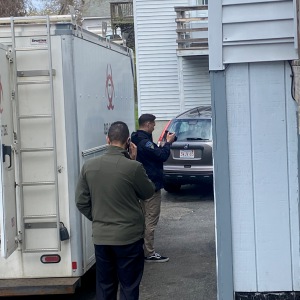 Authorities ID victim in Greenfield slaying
Authorities ID victim in Greenfield slaying
 State records show Northfield EMS chief’s paramedic license suspended over failure to transport infant
State records show Northfield EMS chief’s paramedic license suspended over failure to transport infant
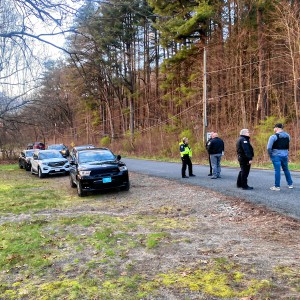 Police report details grisly crime scene in Greenfield
Police report details grisly crime scene in Greenfield
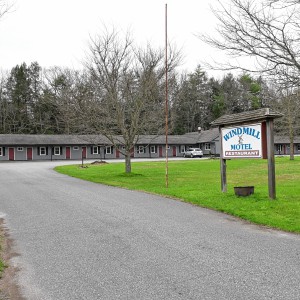 New buyer of Bernardston’s Windmill Motel looks to resell it, attorney says
New buyer of Bernardston’s Windmill Motel looks to resell it, attorney says
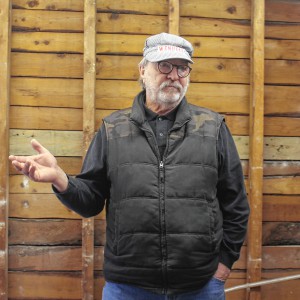 McGovern, Gobi visit development sites in Greenfield, Wendell
McGovern, Gobi visit development sites in Greenfield, Wendell
 High schools: Seventh-inning rally helps Turners Falls softball edge Frontier 6-3 (PHOTOS)
High schools: Seventh-inning rally helps Turners Falls softball edge Frontier 6-3 (PHOTOS)
About Theodore Judah, Pifer-Foote said, “His accomplishments have overshadowed her accomplishments, so that’s been my job: to show that in many ways, they were partners.”
Discovering Anna Judah’s watercolor painting from the 1800s was the prize of Pifer-Foote’s “quest,” since starting her research two and a half years ago while volunteering at the California State Railroad Museum in Sacramento. Now a guest curator at the museum, Pifer-Foote has curated an exhibit that displays clues into Anna Judah’s life. The exhibit, which opened in May, is the culmination of a journey Pifer-Foote describes as “detective work.”
The researcher uncovered clues for Anna Judah’s life not only in a Greenfield basement, but also the dining room of New Hampshire resident Jeny-Levisee Philips, who sent Pifer-Foote Anna Judah’s oil painting of Niagara Falls, matching a sketch Pifer-Foote previously discovered. At her Greenfield presentation in June, Pifer-Foote displayed the original oil painting.
Pifer-Foote even visited Anna’s childhood home at 196 Federal Street when visiting Greenfield last year. Referring to the current owner of the house, she said, “He showed me the beautiful staircase that goes up all three floors and I stood at the bottom … to kind of imagine her floating down those steps in a beautiful hoop skirt.”
Pifer-Foote’s research started in Sacramento, but “breathing (Anna’s) air” in Greenfield lit a fire in her. “I just kept getting more and more information and then it was starting to keep me up at night, thinking, ‘What is going to come in the mail today? What email do I have?’”
Pifer-Foote also visited the graves of Anna and Theodore Judah in the Federal Street Cemetery last summer. According to the researcher, many historians bookend Anna’s story with the burial of husband in 1863.
“The sad thing is historians said that when she went back to Greenfield to bury his body at the Federal Street Cemetery, after that, she settled in Greenfield and lived a quiet life — that’s not true,” said Pifer-Foote. “They sidelined her just like so many historians sideline women.”
After returning to Greenfield, in between painting and pressing flowers and plants, Anna Judah wrote 54 letters to railroad tycoon and foe of her husband, C. P. Huntington. The letters ask Huntington for help with selling property, looking into her financial investments, and finding a job for her brother after he returned injured from the Civil War.
“In a way, they were also like a diary because they told about what was going on in her life,” said Pifer-Foote. “She even says, and you can read in the digital exhibit, that she had pluck and grit and spunk, and she kept on going; she’s tenacious and she wasn’t giving up.”
Pifer-Foote said she also must have tenacity in order to connect the clues of Anna’s story. Puzzle pieces, like Anna’s relationship to her contemporaries, Emily Dickinson and Princess Louise, who invited Anna to a ball in Ottawa, remain hidden for Pifer-Foote to discover. “I think the puzzle is open-ended,” Pifer-Foote said.
Beyond her exhibits, Pifer-Foote says she is writing a book about Anna Judah, along with a book of poetry inspired by her art, and plans to write a children’s book and one-woman play for the Eagle Theatre in Sacramento.
“As somebody new to research on this level, historical research, I have to believe that research is never done,” Pifer-Foote said. “There is always something else to discover if you are willing to continue with it.”

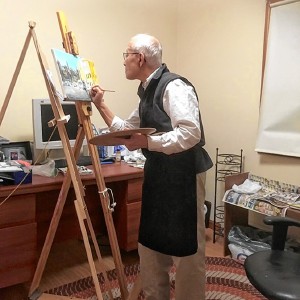 Proof that it’s never too late: Solo exhibit and free workshops honor the late Frederick Gao, a Belchertown resident who became a painter in his last five years
Proof that it’s never too late: Solo exhibit and free workshops honor the late Frederick Gao, a Belchertown resident who became a painter in his last five years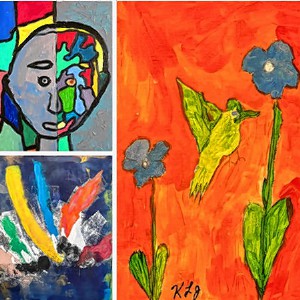 Self-expression on display: ServiceNet members’ artworks on view at Greenfield Public Library through end of May
Self-expression on display: ServiceNet members’ artworks on view at Greenfield Public Library through end of May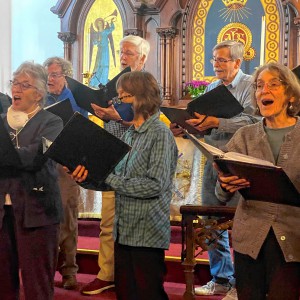 Embracing both new and old: Da Camera Singers celebrates 50 years in the best way they know how
Embracing both new and old: Da Camera Singers celebrates 50 years in the best way they know how Time to celebrate kids and books: Mass Kids Lit Fest offers a wealth of programs in Valley during Children’s Book Week
Time to celebrate kids and books: Mass Kids Lit Fest offers a wealth of programs in Valley during Children’s Book Week
